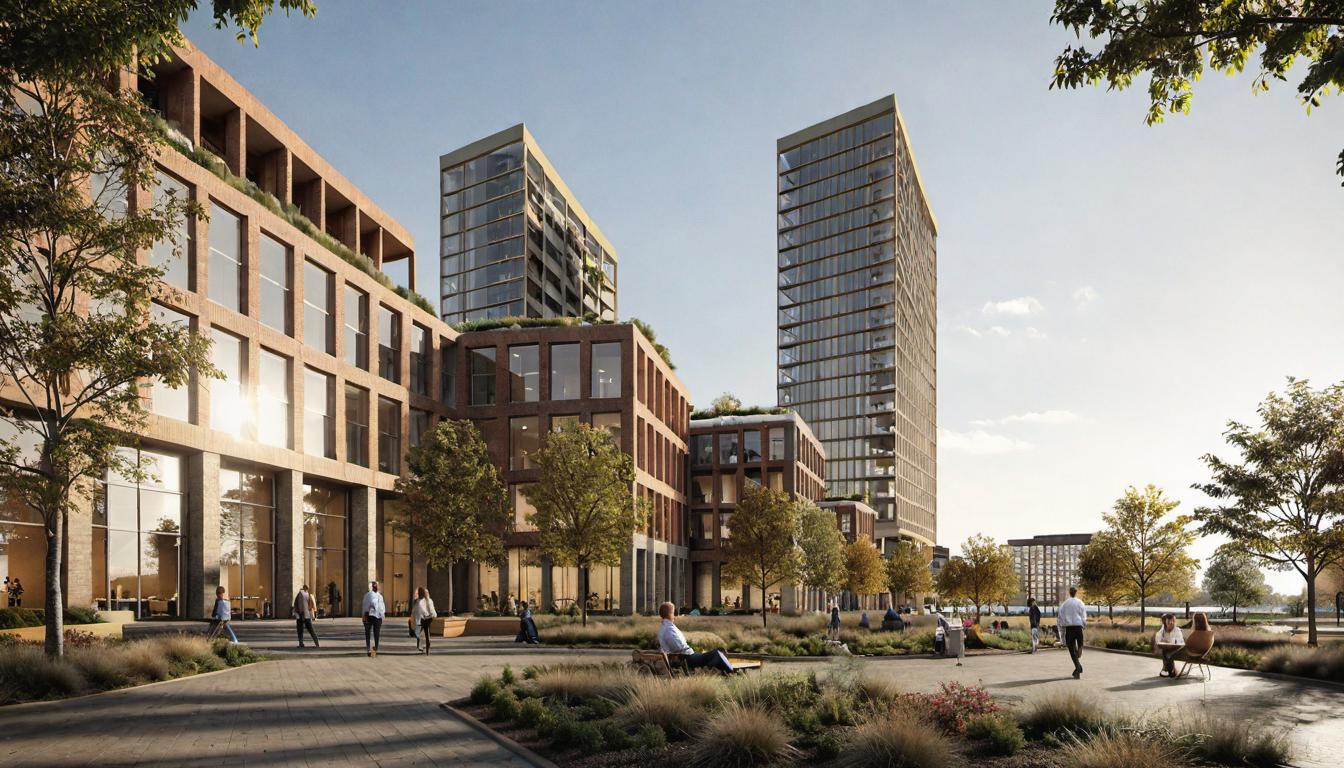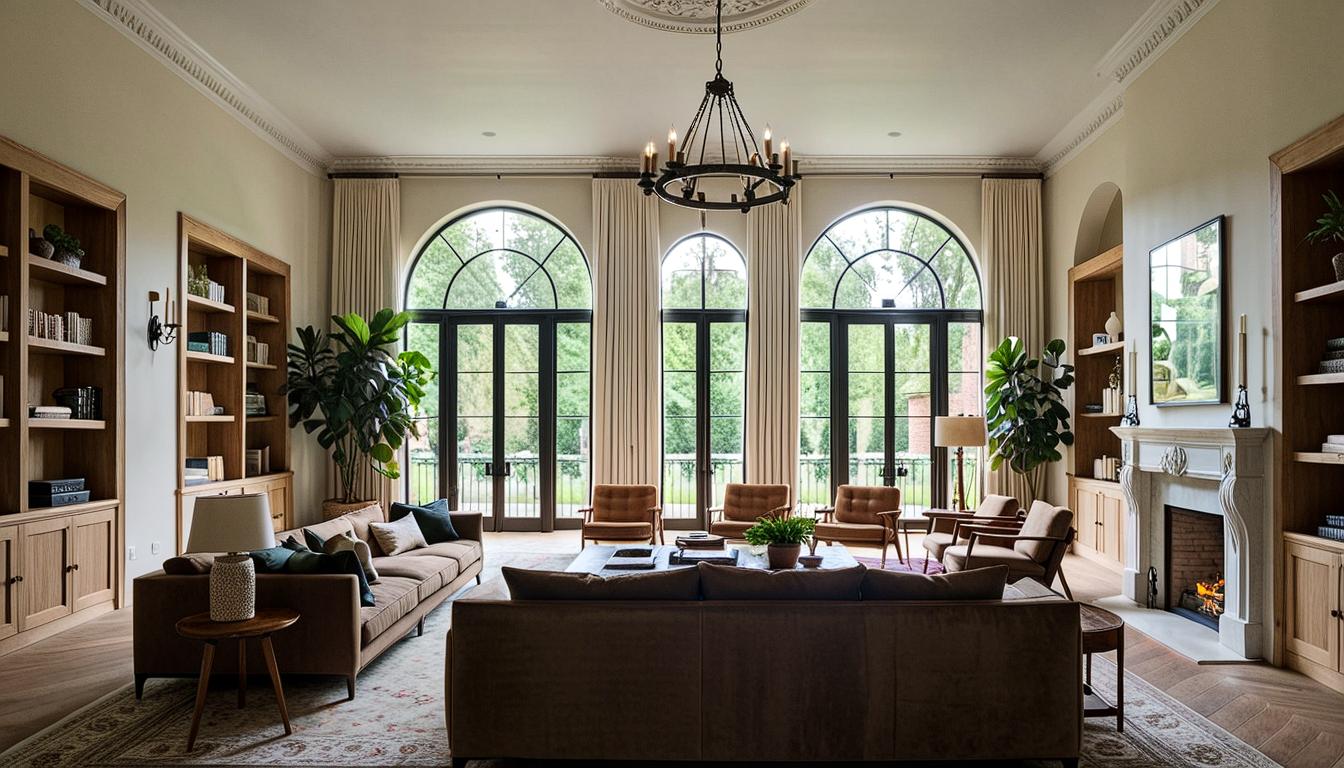FAQs about Materials in Modern Architecture
- The most commonly used materials in modern architectural designs are concrete, wood, steel, plastic, and stone. They are chosen for their durability, functionality, and aesthetic contributions.
- The choice of material in architecture is fundamental because it impacts the structure’s effectiveness, aesthetics, and sustainability. The appropriate choice of material can also significantly reduce maintenance costs.
- The considerable environmental impact of concrete is from its contribution to about 5% of the world’s carbon dioxide (CO2) emissions. This is a significant drawback and is prompting the exploration of more sustainable options.
- Wood is enjoying a resurgence in modern architecture, thanks to engineered wood products. These have allowed for the wider use of wood, even in high-rise constructions and translucent applications.
- Despite its label as cheap and unsustainable, plastic has substantial potential in the field of architecture, thanks to its durability and recyclability. Additionally, it plays a growing role in 3D printing technologies within the architectural realm.
The field of modern architecture embraces top-notch materials for diversity in design, improved structural integrity, and higher environmental sustainability. Concrete, wood, steel, plastic, and stone are just a few of them, and all are pivotal in forging the very contours of our living spaces.






